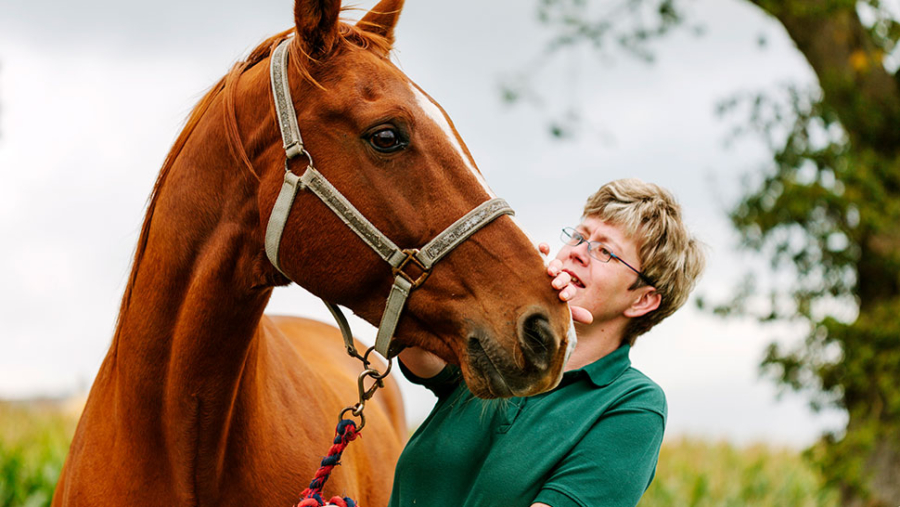

When farmers consider letting their land for equestrian-related purposes, it is important to consider what type of arrangement is required. As landowner, it is important to have the highest level of protection should they wish to obtain vacant possession in the future.
The first consideration is whether the occupier will have exclusive possession of the land or any building(s) (“the premises”). Exclusive possession means the occupier is able to exercise the rights of the landowner in relation to those premises, and that the landlord and any third parties are excluded from the premises except to any extent which may be set out in the lease.
If the occupier is to have exclusive occupation of the premises, then whatever the form of document, it is likely to amount to a lease. It is advisable then to have a document which makes clear the formal landlord and tenant relationship.
If the occupier were not to have exclusive occupation of the premises, then a licence would be more appropriate.
If a lease is required, then consider whether the premises are to be used in the occupier’s business and, if so, what that business use will be. Commercial grazing may fall within a farm business tenancy. However, for an equine business such as a riding stables, livery yard or horse training business (including racing yards), a business tenancy (governed by the 1954 Landlord & Tenant Act) would be required.
Whilst a farm business tenancy will typically run for two to five years, it or a business tenancy can be for any length of time.
If, in a business tenancy, no specific provision is made to the contrary, a tenant will have the automatic right to apply to the court to renew the lease on the same terms.
A grazing licence is a personal right and offers the occupier no security over the premises. It is probably more appropriate where the landowner offers grazing to horse owners for private purposes only.










